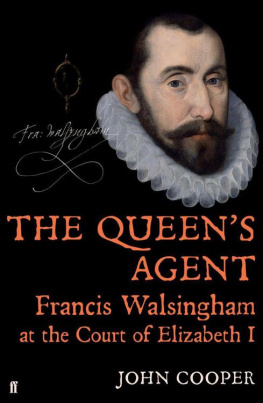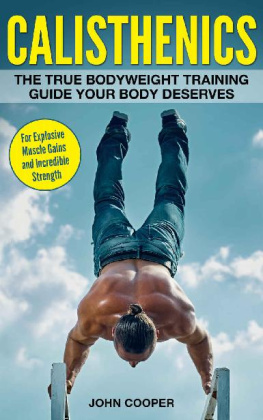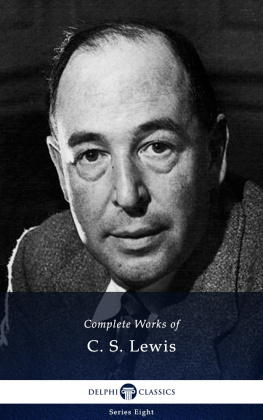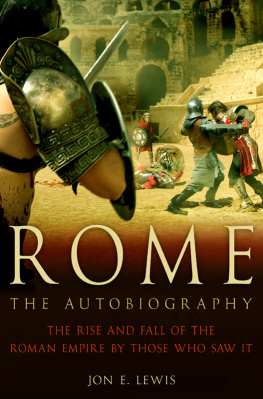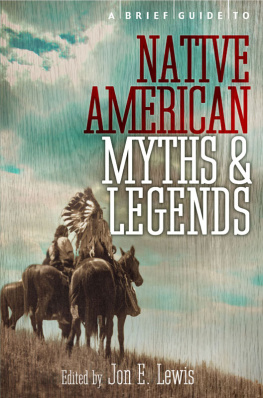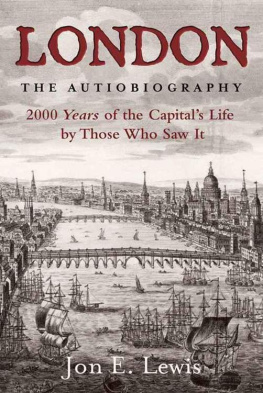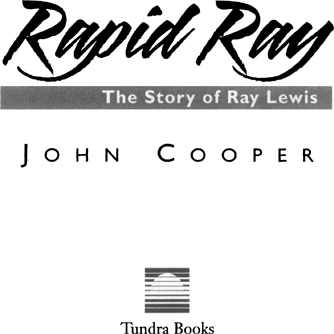AUTHORS NOTES
On Measurements
Ray Lewis ran in many different races during his career. While we generally use the metric system today, in Rays time as a runner, races in North America and Britain were measured in imperial measure (using the yard or the mile as a measurement) and European races were measured in the metric system (using meters).
In the imperial system, there are twelve inches in a foot, and three feet in a yard. One mile is 1760 yards, or 5280 feet. To convert the imperial measurement to metric terms, use the following table:
One mile = 1.6093 kilometers
One yard = 0.9144 meters
One foot = 0.3048 meters
One inch = 2.54 centimeters
On the Narration
I have told this story in the voice of Ray Lewis. Aside from the many hours spent writing the text, this book represents well over 100 hours of personal interviews with Ray Lewis, both in person and over the telephone, as well as additional research in libraries, museums, and churches, and with experts in African-Canadian history. It is written in Rays voice, as the experiences detailed within it are Rays; I have made no attempt to create a separate authors voice or to speak for another culture. This is Rays story of his life and experiences, and the author expresses the sincerest of thanks to Ray for his cooperation, his kindness, and his wonderful sense of magnanimity and brotherhood in bringing his story to a new audience. He is truly a great man whose achievements deserve to be recognized and applauded by future generations.
CHAPTER 1
MY EARLY YEARS

My name is Raymond Gray Lewis. Most people just call me Ray. But there was a time when just about the only name I was known by was Rapid Ray, in my hometown of Hamilton, Ontario, and across Canada.
Why was I called Rapid Ray? Because I could outrun just about any other opponent when I was young.
Of course, I was called a lot of other names too, mostly because of my skin color. Being a Canadian of African descent, I grew up during a time, in the early part of the 20th century, when being black meant that you were treated differently than people with light skin. It was a time of terrible discrimination. You had to struggle. You might have to fight hard for a job. You could expect to be turned down for a loan from a bank if you were trying to buy a house. In school, you were likely to be teased or called names by your classmates and the white teachers might treat you poorly all because of the color of your skin. Even just buying a loaf of bread at the grocery store, getting a table in a restaurant, or trying to sit in the front section of a movie theater could be difficult. Black people in Canada and the United States, the descendants of slaves brought to work on farms and plantations, had to fight for respect every day of their lives. As the great-grandson of former slaves, it was no different for me.
I had to put up with all kinds of name calling, by other kids and later by adults, whether I was running to school, racing around the block, or competing in track-and-field meets across the country. But you can believe me when I tell you that being treated poorly by others didnt defeat me. It only made me want to run harder, to prove to everyone that I could achieve great things.
I ran so hard, in fact, that I went all the way to the Olympic Games in Los Angeles, California, and to the British Empire Games in London, England, where I even sat down to dinner with royalty.
While I was training as an athlete for the Olympics, I worked hard, too, as a railway porter on the Canadian Pacific Railway, serving people who were traveling across Canada and into the United States.
I was born in Hamilton, on Clyde Street, on October 8, 1910. Hamilton is known as Canadas Steel Town, and it produces much of the steel used in manufacturing things we use every day, from cars and stoves to refrigerators, tools, and machinery. It was and still is a very busy city. I grew up watching cargo carriers steam into the harbor with raw iron ore; people bustled about the streets to and from work, and horses pulled wagons that carried milk, eggs, and bread to customers throughout the city.
I was the youngest child of Cornelius and Emma Lewis. My eldest brother was Victor, followed by my sister Marjorie, then my brother Howard, and finally me. My parents taught me the value of working hard. That meant working hard in school and, when I became an athlete, training hard too.
I attended Wentworth Street Public School. I used to get up in the morning, have my breakfast, and, while I didnt dawdle too much, sometimes I had to run hard to get to school before the bell at nine oclock a.m. Lucky for me, the school was only about a block and a half away. Im pleased to say that I was never late to school, not even one day, even though I had to run hard to get there at times. It was a big public school for the time two storeys high, with several hundred students and more than twelve rooms. Many years after I attended it, Wentworth Public School was closed and later torn down to make way for an apartment building.
Growing up on Clyde Street was fun. The younger I was, the less fuss white people made about the color of my skin. My friends and I used to play hockey on the streets and, where buses, cars, and trucks now drive through Hamiltons busy downtown core, the milkman and the bread man would come down the street in their wagons, pulled by big, strong horses, clip-clopping along at a slow but steady pace. On Friday nights, the farmers would come up nearby Cannon Street, their horse-drawn wagons loaded with produce, heading for the market that opened on Saturday morning. In those days before refrigerators, the ice wagon was another sight, trundling down the street, delivering huge blocks of ice. The iceman was big, with broad shoulders and thick, ropy arms. Hed use long iron tongs to grab a block of ice, then sling it over his shoulder to make his delivery, whistling as he headed into one of many houses that had an icebox.
Once in a while, kids would swipe a peach or other piece of fruit from a passing farmers wagon. Police officers, patrolling the downtown neighborhood on bicycles, would chase the rascals through the streets, but the kids usually got away. While some people owned automobiles, they were expensive and were rare sights. Most people got around by walking or on bicycles, or they used the streetcar.


